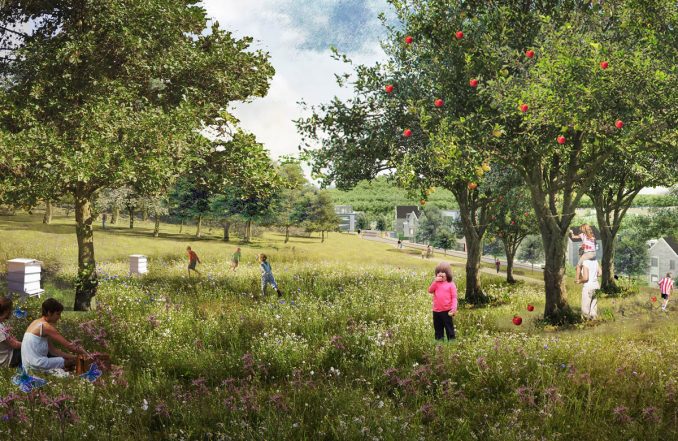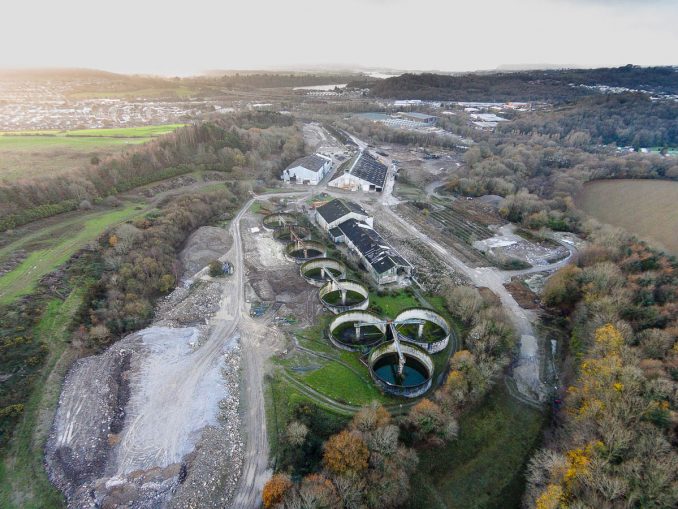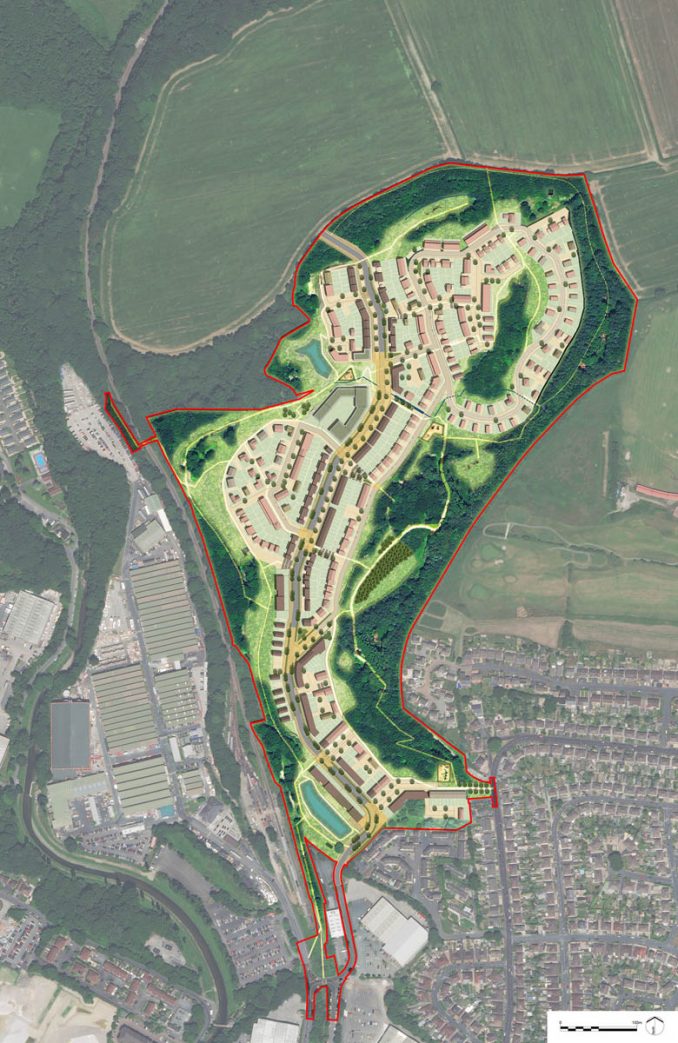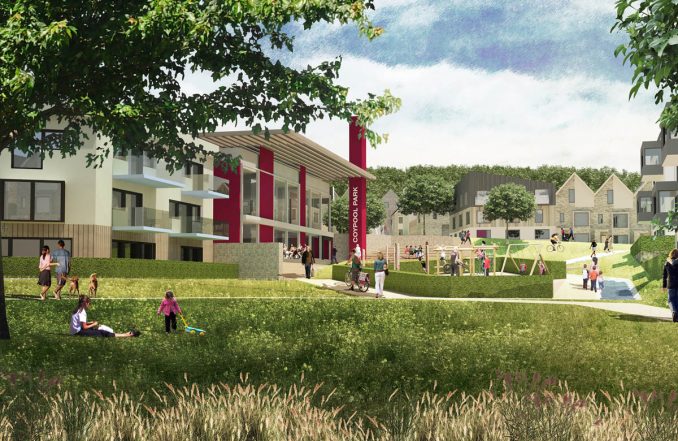
A masterplan by LDA Design with CampbellReith and The Environment Partnership will transform the steep derelict site on the edge of Plymouth into a welcoming, imaginative, and attractive landscape-led community that is properly integrated into the wider neighbourhood. The development of up to 550 homes includes affordable housing, 60 homes for older persons living and nearly 40 acres of high-quality accessible woodland.

Plymouth City Council has approved unanimously Coypool Park, a Homes England development on the former site of china clay drying works.

Overlooking the Plym Valley, Coypool Park will be defined by its relationship to its woodland setting, originally planted to screen industrial activity but now to be managed to provide the neighbourhood with a remarkable recreational asset that also delivers biodiversity net gain through enhanced added flora and fauna. A Design Code outlines how the woodland character will be drawn into the residential streets and play areas.

Critically, Coypool will be well served by sustainable transport, reducing reliance on travelling by car. A bus service linked to the adjoining Park&Ride will provide a frequent service into the city centre, and the adjacent Drake’s Cycle Trail will enable people to reach the city centre and join the SUSTRANS National Cycle network.
Paul Connelly, a director at LDA Design and project lead for Coypool Park, explains the rationale behind the scheme. “We don’t want Coypool to be one of a kind – we want it to establish a benchmark for new landscape-led brownfield communities. The masterplan will create a sociable place to live, for all ages, but one that is also well connected to the wider landscape and the city beyond. It combines creative urban design with innovative engineering to turn environmental challenges into great placemaking opportunities, in particular in the imaginative use of woodland.”
The plans have been developed in close consultation with the Neighbourhood Forum, who have endorsed them. The proposals are designed to benefit existing residents by improving access to community facilities and sustainable transport links and be providing access to the extensive woodland green space.
Landscape Architect: LDA Design
Images and Text Credits: LDA Design (unless captioned otherwise)
